?Are you confident your well water is safe to drink and use every day?
What Health Risks Are Linked To Unsafe Well Water?
You rely on well water for drinking, cooking, bathing, and watering your plants, and you want to know what could go wrong. This article explains common contaminants in well water, how they affect your health, who is most vulnerable, how to test and treat your water, and practical steps you can take to reduce risk.
What is well water and why does it matter?
Well water comes from groundwater that you access by drilling or digging a well. If your well is private, it probably isn’t regulated by the federal Safe Drinking Water Act, so the responsibility for testing, maintenance, and treatment falls to you. Groundwater can be contaminated by natural sources (rock formations, minerals) or human activities (septic systems, agricultural runoff, industrial spills), and contaminants can affect your health both quickly and over time.
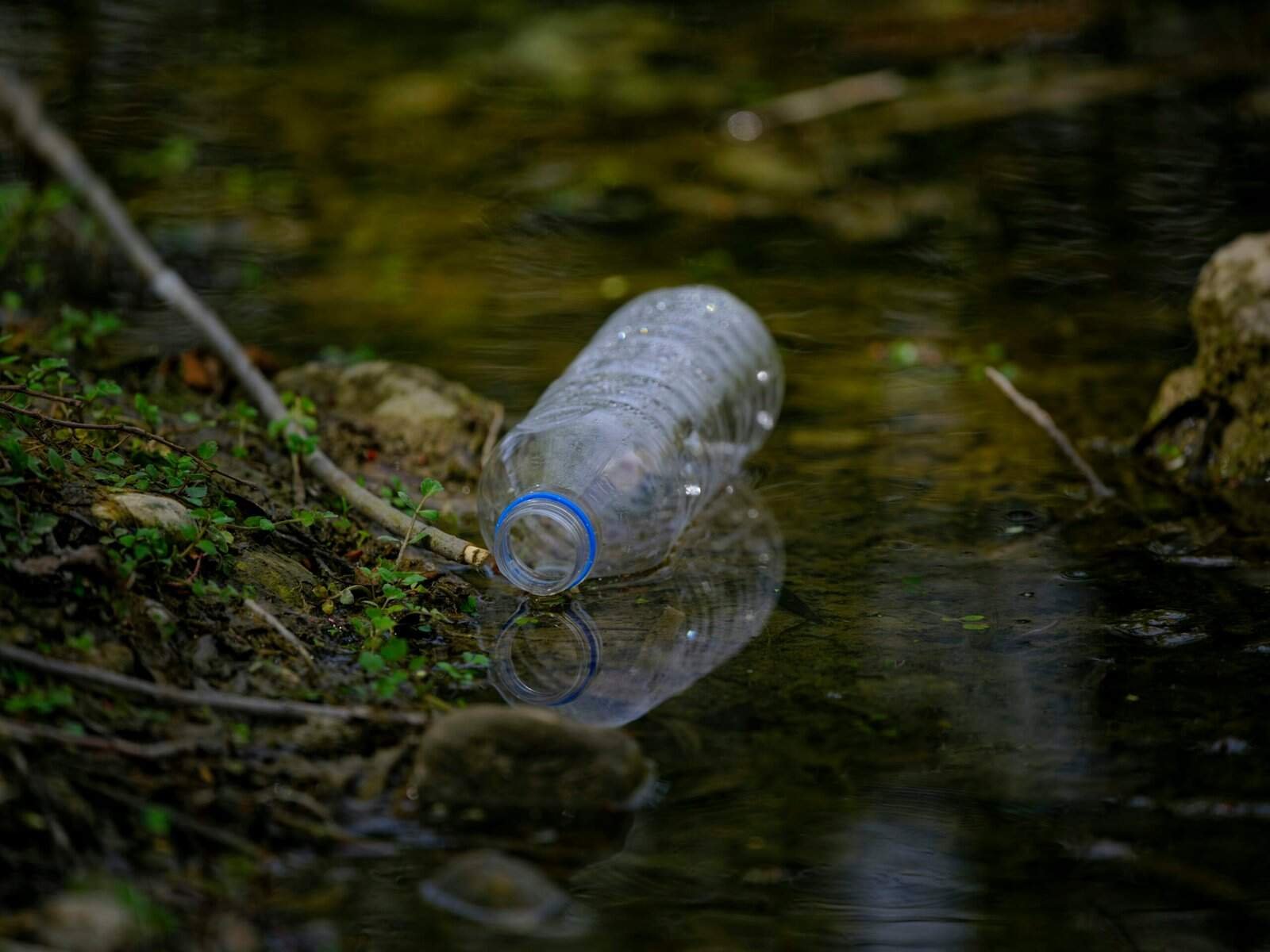
Common contaminants in well water
There are many possible contaminants in well water. Some cause immediate gastrointestinal illness, while others increase long-term risks like cancer or developmental problems. The table below summarizes key contaminants, their common sources, and the potential health effects.
| Contaminant | Common sources | Main health effects |
|---|---|---|
| Total coliforms / E. coli / bacteria | Failing septic systems, surface runoff, animal feces, well construction problems | Diarrhea, vomiting, stomach cramps, fever; can be serious in young, elderly, immunocompromised |
| Viruses (norovirus, hepatitis A) | Human sewage contamination | Gastrointestinal illness, liver inflammation (hepatitis), severe infections in vulnerable people |
| Giardia, Cryptosporidium (parasites) | Animal feces, sewage, surface water intrusion | Prolonged diarrhea, weight loss, dehydration |
| Nitrates / nitrites | Fertilizers, manure, septic leachate | Blue baby syndrome (methemoglobinemia) in infants; reduced oxygen transport |
| Arsenic | Natural geology (rock leaching), mining, industrial processes | Increased risk of skin, lung, bladder cancers; skin changes; vascular disease |
| Lead | Old plumbing, solder, brass fixtures, contaminated service lines | Neurodevelopmental effects in children, high blood pressure, kidney problems |
| Pesticides / herbicides | Agricultural runoff, lawn care | Varies by chemical; some linked to cancer, hormonal disruption, reproductive issues |
| Volatile organic compounds (VOCs) | Industrial solvents, gasoline, dry cleaning, fuel spills | Liver and kidney damage, neurological symptoms, cancer risk |
| PFAS (per- and polyfluoroalkyl substances) | Industrial releases, firefighting foam, landfill leachate | Increased cholesterol, immune effects, some cancers, developmental effects |
| Radon (dissolved) | Natural radioactive decay in bedrock | Lung cancer risk if released into indoor air from water |
| Fluoride (excess) | Natural geology, industrial sources | Dental and skeletal fluorosis at high levels |
| Manganese, iron, copper | Natural geology, corrosion | Neurological effects at high chronic exposure (manganese), stomach upset, aesthetic issues |
| Salt (sodium) | Road salt, seawater intrusion | Elevated blood pressure risk, problems for people on low-sodium diets |
| Heavy metals (cadmium, chromium, mercury) | Industrial pollution, mining | Kidney damage, cancer risk, neurological effects |
Bacteria, viruses, and parasites: immediate illness and outbreaks
Bacterial contamination is one of the most common and immediate risks with poorly maintained wells. If surface water or sewage enters your well through cracks, poorly sealed casings, or flooding, bacteria like E. coli can multiply and cause acute gastrointestinal illness. Viruses can also be present and cause severe symptoms in some people. Protozoa such as Giardia and Cryptosporidium can survive standard disinfection and lead to prolonged diarrhea and weight loss.
You should treat bacterial or parasitic contamination seriously because symptoms can be severe in infants, the elderly, and people with weakened immune systems. Short-term outbreaks are common following heavy rainfall, flooding, or nearby septic failures.
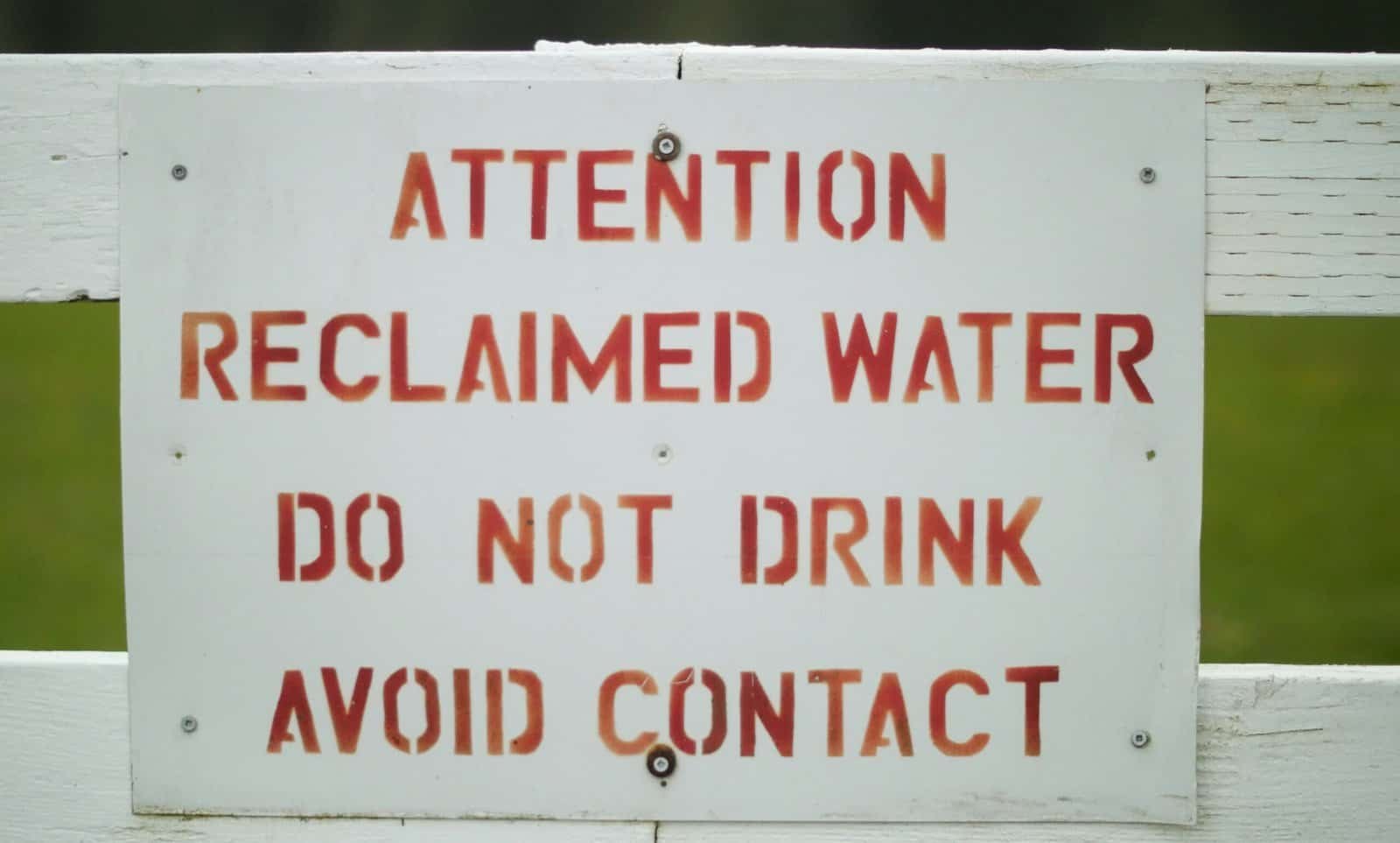
Nitrates and nitrites: a hidden danger for infants
Nitrates enter groundwater primarily from fertilizer, manure, and septic systems. They are especially problematic in agricultural areas. When infants ingest water high in nitrates — or formula mixed with such water — nitrates can convert to nitrites in the body, interfering with hemoglobin’s ability to carry oxygen. This causes methemoglobinemia, commonly called “blue baby syndrome,” which can be life-threatening.
Adults are less susceptible, but pregnant women and certain medical conditions may increase risk. You should test for nitrates regularly if you live near farms or use shallow wells.
Arsenic and heavy metals: long-term cancer and organ risks
Arsenic occurs naturally in some aquifers and can also come from mining and industrial activity. Long-term ingestion of arsenic at elevated levels raises your risk of skin, lung, bladder, and other cancers, and may cause skin changes and vascular disease. Other heavy metals — like cadmium, chromium, lead, and mercury — can cause a range of chronic effects including kidney damage, neurological impairment, and developmental harm in children.
These contaminants usually don’t cause immediate symptoms, which is why testing is important even when water looks and tastes normal.
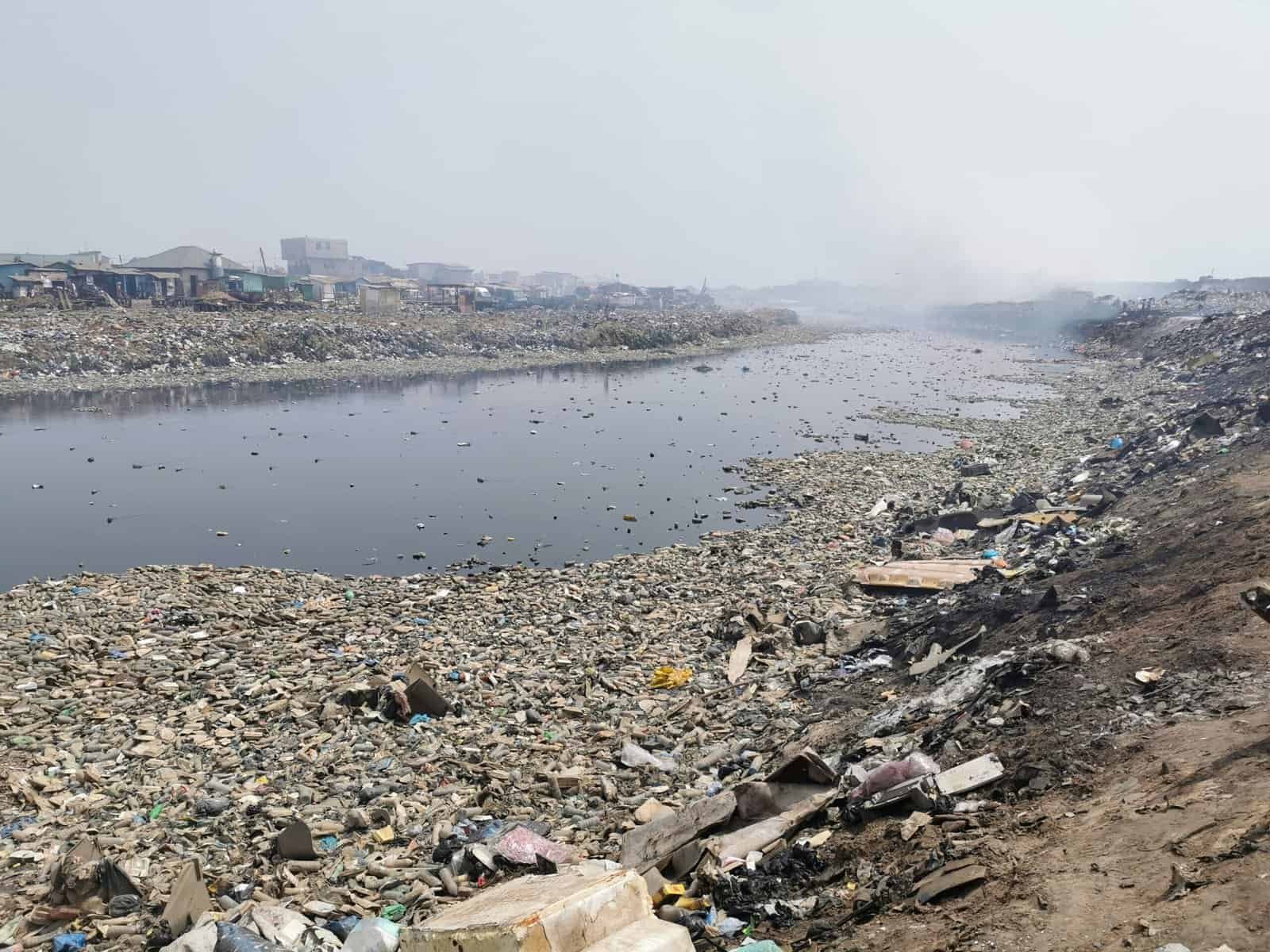
Lead: plumbing-related exposure with serious developmental harms
Lead in well water usually arises from plumbing — old lead pipes, solder, or brass fixtures. Even low levels of lead can be harmful to children, lowering IQ and affecting behavior and hearing. Pregnant people exposed to lead can pass it to the fetus, increasing the risk of developmental delays and other problems. Flushing taps, using cold water only for drinking and cooking, and testing for lead are key preventive actions.
Pesticides, VOCs, and PFAS: industrial and agricultural chemicals
Pesticides and herbicides can move into wells through runoff or leaching. Symptoms and long-term effects depend on the specific chemical, but many are suspected endocrine disruptors or carcinogens.
VOCs such as solvents and gasoline by-products can cause headaches, dizziness, liver/kidney issues, and increased cancer risk depending on exposure.
PFAS — a family of persistent synthetic chemicals — have emerged as a major concern. They can increase cholesterol, affect immune response, and are associated with certain cancers and developmental problems. PFAS often require specialized testing and treatment.
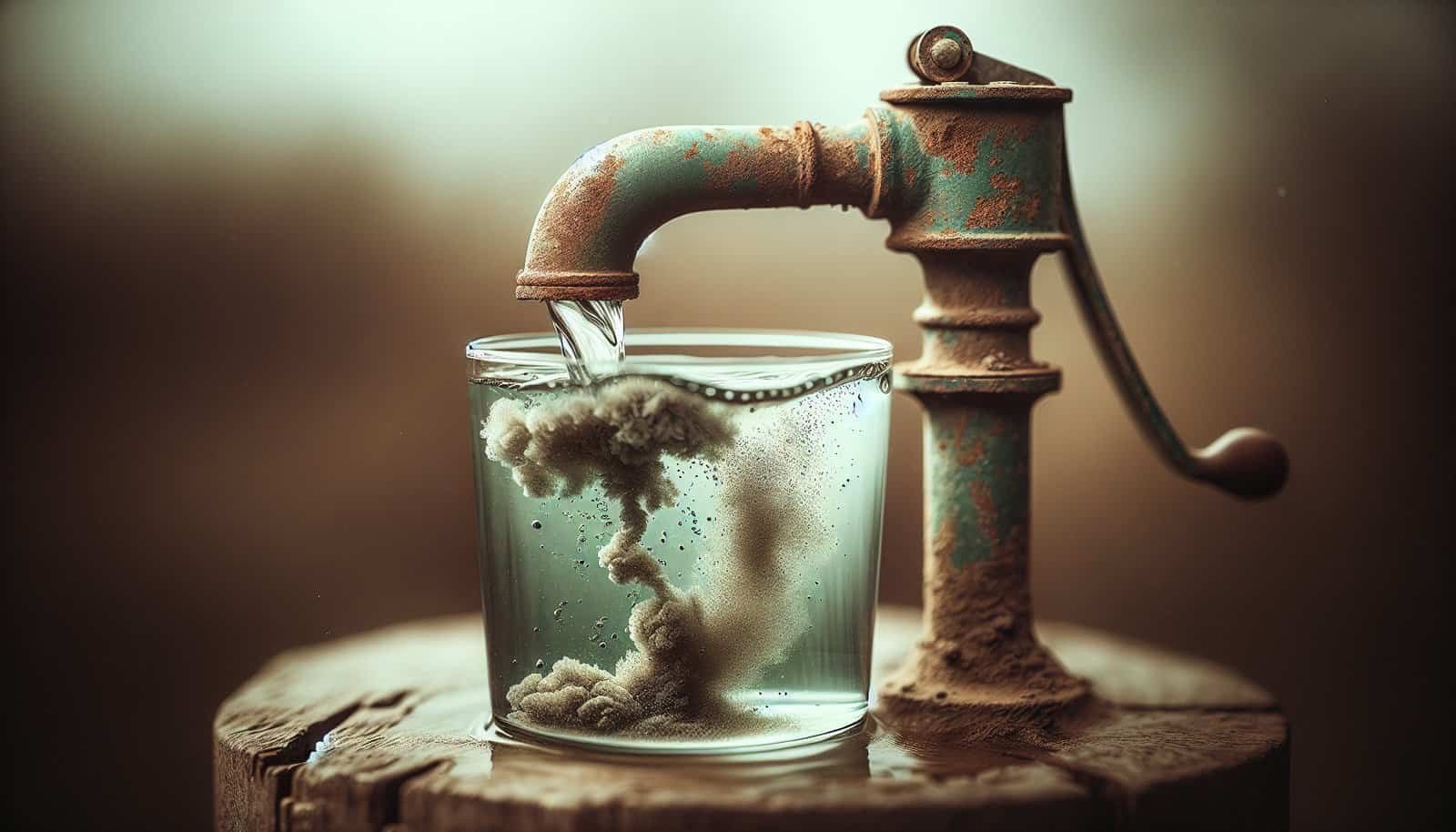
Radon in water: an inhalation risk
Radon dissolved in well water can be released into the air when you shower, cook, or wash dishes. The inhaled radon increases lung cancer risk. If your area is known for radon in soil, testing both air and water is sensible.
Acute versus chronic health effects
- Acute effects: These appear quickly after exposure. Common examples include gastrointestinal illness from bacteria, vomiting and diarrhea from viruses or parasites, and symptoms like nausea or dizziness from some VOCs.
- Chronic effects: These develop over months to years of exposure. Examples include cancers from arsenic or certain VOCs, neurological decline from lead or mercury, and developmental delays in children from early-life exposures.
Because many chronic effects don’t produce obvious signs early on, you can’t rely only on taste, smell, or appearance to judge safety.
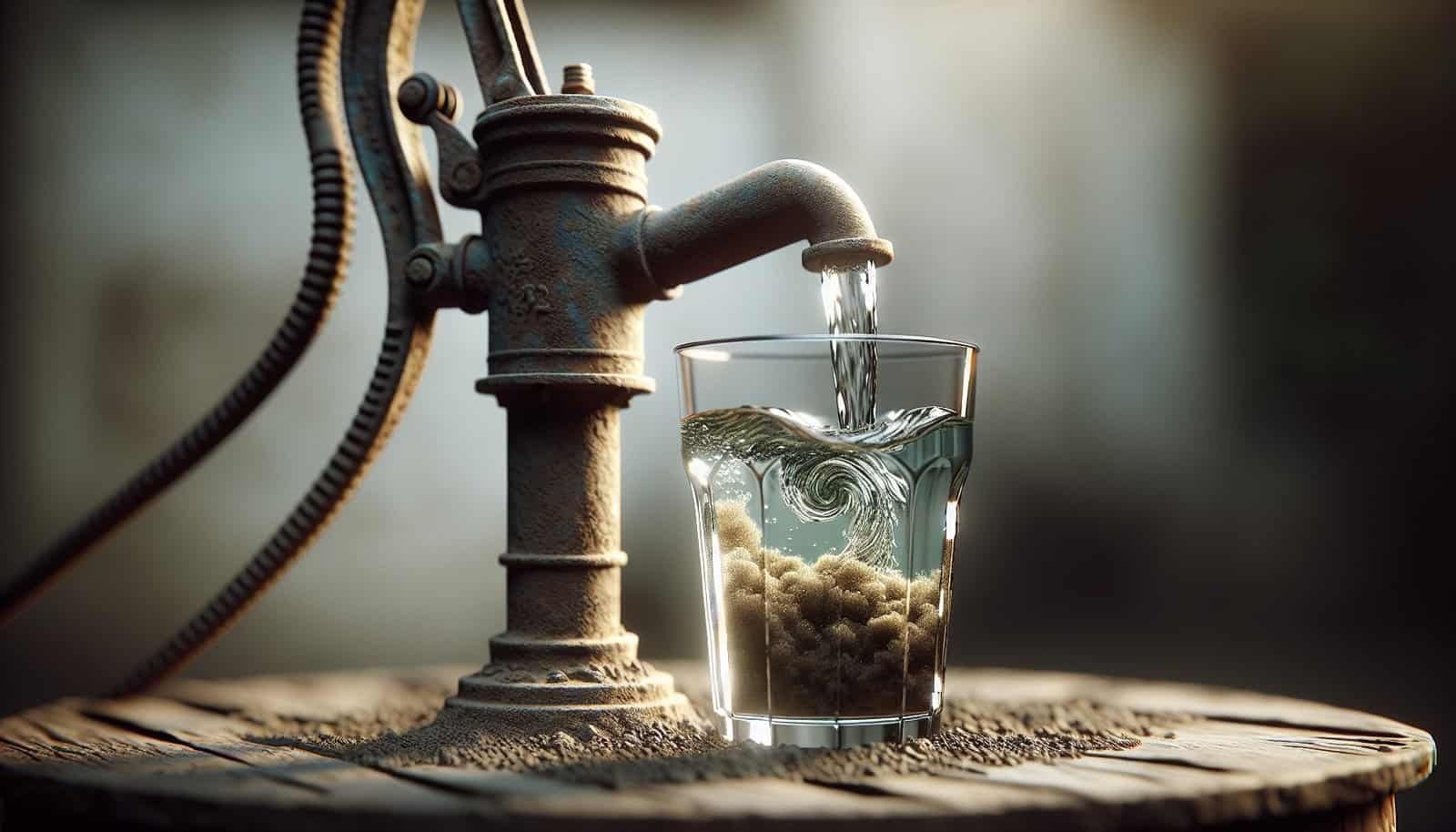
Who is most at risk?
Certain groups are more vulnerable to waterborne contaminants:
- Infants and young children: Higher sensitivity to nitrates, lead, and pathogens; developing nervous systems are vulnerable.
- Pregnant people: Exposure can affect fetal development.
- Older adults: Often have weaker immune systems or chronic conditions.
- Immunocompromised individuals: People with HIV, cancer patients, transplant recipients, and others are at higher risk from bacteria, viruses, and parasites.
- People with gastrointestinal or chronic illnesses: May have increased susceptibility to waterborne pathogens.
If someone in your household falls into one of these groups, you should be especially cautious about testing and treating your water.
Signs and symptoms to watch for
Watch for both acute and chronic warning signs:
- Acute: Diarrhea, vomiting, fever, abdominal cramps, unusual fatigue after drinking water or using it for food preparation; skin rashes or eye irritation after bathing; metallic or chemical tastes or odors.
- Chronic: Frequent headaches, persistent gastrointestinal problems, unexplained weight loss, cognitive or developmental delays in children, high blood pressure or kidney issues, unusual skin changes, or hair loss. For radon exposure via water, increased radon in indoor air may indicate risk.
Because these signs are nonspecific, confirmation through water testing is essential.
How to test your well water
Testing is the only reliable way to know what’s in your water. Here’s how to approach testing:
- Basic tests: Start with tests for total coliform bacteria and E. coli, nitrates, pH, and total dissolved solids (TDS). These give you a quick picture of common problems.
- Expanded testing: Depending on your location and land use, test for arsenic, lead, pesticides, VOCs, radon, PFAS, and other metals. If you have a private septic system nearby, test for bacteria more frequently.
- Frequency: Test bacteria annually, nitrates annually, and other contaminants (arsenic, lead, VOCs, metals) every 2–5 years or when circumstances change (flooding, new industrial activity, new wells nearby, or changes in taste/odor).
- Use certified labs: Send samples to a state-certified laboratory for drinking water. They’ll provide accurate results and guidance on interpretation.
- Sample collection: Follow the lab’s instructions carefully. Often you’ll collect a “first-draw” sample for lead testing or flush for others. Use the lab-provided bottles and return them promptly; some tests require refrigeration.
The table below shows a typical testing schedule you can follow based on common recommendations.
| Test | How often to test | When to test sooner |
|---|---|---|
| Bacterial (total coliforms, E. coli) | Annually | After heavy rain/flooding, septic repair, well work, or after contamination |
| Nitrates | Annually | If you have a baby, live near agriculture, or see runoff events |
| pH, TDS, hardness | Annually | If taste or plumbing problems occur |
| Arsenic | Every 3–5 years | If your geology is suspect or after changes in water color/taste |
| Lead (plumbing) | Every 1–3 years | If you have old plumbing, corrosive water, or after plumbing work |
| VOCs, pesticides | Every 2–3 years | Near industrial sites, gas stations, or heavy agricultural use |
| PFAS | As needed (consult state) | If nearby military, industrial, or landfill sites used PFAS |
| Radon (water) | Once if regional geology suggests risk | If indoor air radon is elevated or after drilling a new well |
| Metals (copper, iron, manganese) | Every 2–3 years | If staining or taste/odor issues appear |
Interpreting test results
When you receive results, compare them to health-based guidelines and standards. The EPA sets Maximum Contaminant Levels (MCLs) for public water systems, which are useful benchmarks, but states may have additional guidance. For private wells, any detection of E. coli is unsafe for drinking, and many health agencies recommend action if contaminants exceed the EPA MCL or other health advisory levels.
If you’re unsure, contact your state’s health department, extension service, or a certified water treatment professional for interpretation and next steps.
Treatment options: point-of-use and whole-house systems
If tests reveal contamination, you have treatment choices. The right option depends on the contaminant, concentration, budget, and whether you want to treat just drinking water or all household water.
Point-of-Use (POU): These treat water at a single tap (usually the kitchen sink). They’re ideal for removing contaminants from drinking and cooking water.
- Pros: Lower cost, targeted removal, easier installation.
- Cons: Don’t protect showers, laundry, or whole-house concerns; require filter changes and maintenance.
Point-of-Entry (POE) / whole-house: These treat water at the entry point to your home, so all taps and appliances use treated water.
- Pros: Protects skin, appliances, and entire household; can address aesthetic and scale issues.
- Cons: Higher cost, larger footprint, ongoing maintenance.
Common treatment technologies and what they remove
| Technology | Removes/Reduces | Best uses | Limitations |
|---|---|---|---|
| Chlorination / shock chlorination | Bacteria, viruses | Emergency disinfection, treating bacterial contamination | Does not remove chemical contaminants; tastes/odors; needs contact time and may form disinfection byproducts |
| UV disinfection | Bacteria, viruses, some protozoa | Bacterial control without chemicals | No residual protection, ineffective with high turbidity or some protozoa if water is cloudy |
| Activated carbon (GAC) filters | VOCs, pesticides, some PFAS precursors, taste/odor | VOCs and organic chemicals | Limited life, not effective for nitrates, arsenic, or most metals |
| Reverse osmosis (RO) | Nitrates, arsenic, lead, many metals, some PFAS | Drinking water treatment at POU | Waste brine, slow flow, requires pre-filtration and maintenance |
| Ion exchange | Nitrates, hardness (water softeners), some metals | Nitrate removal, softening | Regeneration chemicals, less effective for arsenic unless specialized resin |
| Distillation | Many contaminants including metals and microbes | Produces very pure water | Energy intensive, slow, may concentrate VOCs with low boiling point unless designed to vent |
| Iron/ manganese filters | Iron, manganese | Removes staining and taste issues | Not effective for bacteria or many dissolved chemicals |
| Granular activated carbon + specialized media | PFAS, specialized contaminants | PFAS and organics (with proper media) | Costly, media replacement; not universal for all PFAS |
| Aeration / packed tower aeration | Radon, some VOCs | Radon removal from water | Requires space and can re-release into indoor air if not vented properly |
Removing specific contaminants
- Nitrates: Best removed with reverse osmosis, ion exchange (nitrate-selective), or distillation. Whole-house removal is expensive; many people treat at POU.
- Arsenic: RO, adsorption media (e.g., iron-based media), and some anion exchange systems work. Treatment choice depends on arsenic species (As(III) vs As(V)).
- Lead: Replace lead plumbing where possible; use RO or certified point-of-use filters for lead reduction; flush taps and use only cold water for drinking.
- PFAS: Granular activated carbon (GAC) and specialized ion exchange resins can reduce PFAS; RO is also effective for many PFAS. Treatment must be sized and monitored.
- Bacteria and parasites: Shock chlorination or continuous disinfection (chlorination, UV combined with filtration) are common. For persistent bacterial problems, identify and fix well structural issues.
- Radon: Aeration systems designed to remove radon from water are effective. Vent properly to avoid transferring radon to indoor air.
Maintenance, prevention, and well construction
Prevention is often cheaper and more reliable than treatment. Key steps you can take:
- Siting and construction: Make sure your well is properly sited away from septic systems, livestock yards, fuel storage, and chemical use areas. Use a licensed well driller and ensure proper casing, grouting, and a secure cap.
- Regular inspections: Check the well head, cap, and surrounding area for cracks, animal access, or pooling water. Inspect after storms and floods.
- Wellhead protection: Maintain a sanitary zone around the well. Keep chemicals, fuel, and fertilizers uphill and away. Don’t dispose of hazardous waste near the well.
- Septic system care: Pump and maintain septic systems regularly. Avoid overloading household systems.
- Abandoned wells: Seal unused wells to prevent them from acting as conduits for contaminants.
- Record-keeping: Keep test results and maintenance records. They help track trends and guide action.
What to do if your well water is contaminated
If your water tests positive for a contaminant that poses health risks, take immediate and follow-up steps:
- Stop using the water for drinking and cooking if bacteria, nitrates (for infants), or high chemical concentrations are present. Use bottled water or water from a safe source.
- Boiling: Boiling kills bacteria, viruses, and parasites but does not remove chemicals, nitrates, or metals. Do not rely on boiling for chemical contamination.
- Shock chlorination: For bacterial contamination, you can disinfect many wells by shock chlorination. Follow state health department guidance or hire a professional.
- Install treatment: Choose an appropriate treatment system based on test results and certified recommendations.
- Inform household: Make sure everyone in your home knows which water is safe for drinking, cooking, and personal hygiene.
- Seek medical advice: If people have symptoms after drinking contaminated water, contact your healthcare provider. For lead or other chronic exposures, ask about blood tests or other screening.
- Report: If contamination seems to originate from a nearby spill or public source, notify your local health department or environmental agency.
Regulations, guidelines, and resources
- Federal guidelines: The EPA sets MCLs for public water systems and publishes health advisories for unregulated contaminants. These serve as helpful benchmarks for private well owners.
- State programs: Many states offer well testing, technical assistance, and financial aid for repairs or treatment. Contact your state health department or agricultural extension for local guidance.
- Certified labs and professionals: Use state-certified labs for testing and licensed well contractors for construction and repair. Use water treatment products certified by organizations like NSF/ANSI to ensure verified performance.
- Financial help: Some states and local agencies offer grants, loans, or cost-share programs for well replacement or treatment, particularly for low-income households.
Costs and planning
Costs vary widely:
- Basic bacterial or nitrate testing: typically $25–$100 per test depending on lab and region.
- Expanded chemical testing (arsenic, VOCs, PFAS): $100–$500+ depending on number of analytes.
- Point-of-use filters (certified): $100–$1,000, plus ongoing filter costs.
- Reverse osmosis POU: $300–$3,000 installed, with annual maintenance.
- Whole-house systems: $1,000–$10,000+ depending on treatment type and complexity.
- Well replacement or major repair: thousands to tens of thousands of dollars.
Budget for ongoing maintenance and periodic re-testing. Factor in the risks and costs of untreated contamination, including health care and appliance damage.
Frequently asked questions
Q: If my water looks, tastes, and smells normal, do I still need to test it? A: Yes. Many harmful contaminants are odorless, colorless, and tasteless. Regular testing is the only reliable way to confirm safety.
Q: Can boiling water make my contaminated water safe? A: Boiling kills pathogens but does not remove chemical contaminants, nitrates, lead, or most metals. For bacterial contamination, boiling is an emergency solution but not a fix for chemical problems.
Q: How often should I test for bacteria? A: At least once a year, and any time after nearby septic work, flooding, or if household members become ill with gastrointestinal symptoms.
Q: Who should I contact for help interpreting results or installing treatment? A: Your state health department, cooperative extension service, or a licensed water treatment professional. Use certified labs and certified treatment equipment.
Q: Can I fix contamination by sealing the well? A: Sealing an improperly constructed or damaged well may prevent future contamination, but if contamination already exists in the aquifer, sealing the well won’t remove it. Sealing and replacing a compromised well often improves safety long-term.
Practical checklist you can follow
- Test your well for bacteria and nitrates at least once a year.
- Test for arsenic, lead, VOCs, and other chemicals every 2–5 years or when conditions change.
- Inspect wellhead and surroundings quarterly and after storms.
- Keep hazardous materials and chemicals at least 100 feet away from the well and upgrade setbacks where possible.
- Maintain your septic system and pump regularly.
- Use certified filtration/treatment systems appropriate for the contaminants found.
- Keep records of all tests, maintenance, and repairs.
- If contamination is detected, stop using the water for drinking until treatment or alternative safe water is secured.
Summary and final recommendations
You have an important role in protecting your household from unsafe well water. Regular testing is the foundation of that role; it’s the only reliable way to identify invisible hazards. Pay particular attention to bacterial contamination, nitrates (if you have infants), lead (if you have older plumbing), arsenic (in many geological regions), PFAS (near certain industrial or military sites), and VOCs (near industrial activities).
If contamination is found, act promptly: stop using the water for drinking if necessary, use certified treatment technologies targeted to the contaminants, and consult state resources or water professionals. Maintain your well, protect its surroundings, and when in doubt, seek expert guidance. By staying informed and proactive, you can significantly reduce health risks associated with unsafe well water and keep your household safer.
